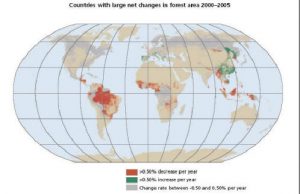
Map: Net Changes In Forest Area
Below: Map indicating the the net changes in forest area 2000-2005 (note that all the areas in red – decrease of more than 50% –

Below: Map indicating the the net changes in forest area 2000-2005 (note that all the areas in red – decrease of more than 50% –
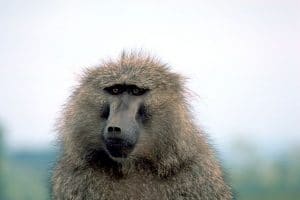
According to the IUCN (International Union for the Conservation of Nature and Natural Resources or the World Conservation Union), over 1/3 of primate species are
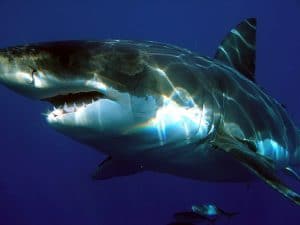
Sharks off the east coast of North America have declined precipitously in the last 15 years. The number of hammerhead sharks has dropped by 89%,
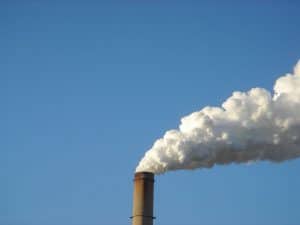
Many pollution-related mechanisms degrade ecosystems and maintain them at degraded states. Some of the pollution topics are addressed below. Oil PollutionPersistent Organic Pollutants (POPs)Dead ZonesMarine DebrisNoise Pollution

Seasonal change in habitat use in Steller’s sea eagles By: Mutsuyuki Ueta, Michael J. McGrady, Hajime Nakagawa, Fumio Sato and Vladimir B. Masterov Abstract Habitat-use

Information suggests that Pacific sleeper shark abundance is increasing. Pacific sleeper shark data was analyzed from fishery independent longline surveys in the Gulf of Alaska
Sleeper sharks are often caught on commercial sablefish long-line gear in Alaska with consistent catches in Prince William Sound and Southeast Alaska waters. Sleeper sharks
More than 70% of out planets surface is covered by ocean. We rely on it for many things including food, transport and pleasure. However, in
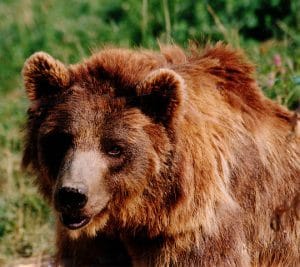
Bear Behavior One of the things that makes Alaska so special is that all three species of North American bears flourish here. There is a

Predators can impact ecosystems through the process of ‘top-down’ control, at times resulting in changes in species composition, changes in species diversity, and regime shifts.





